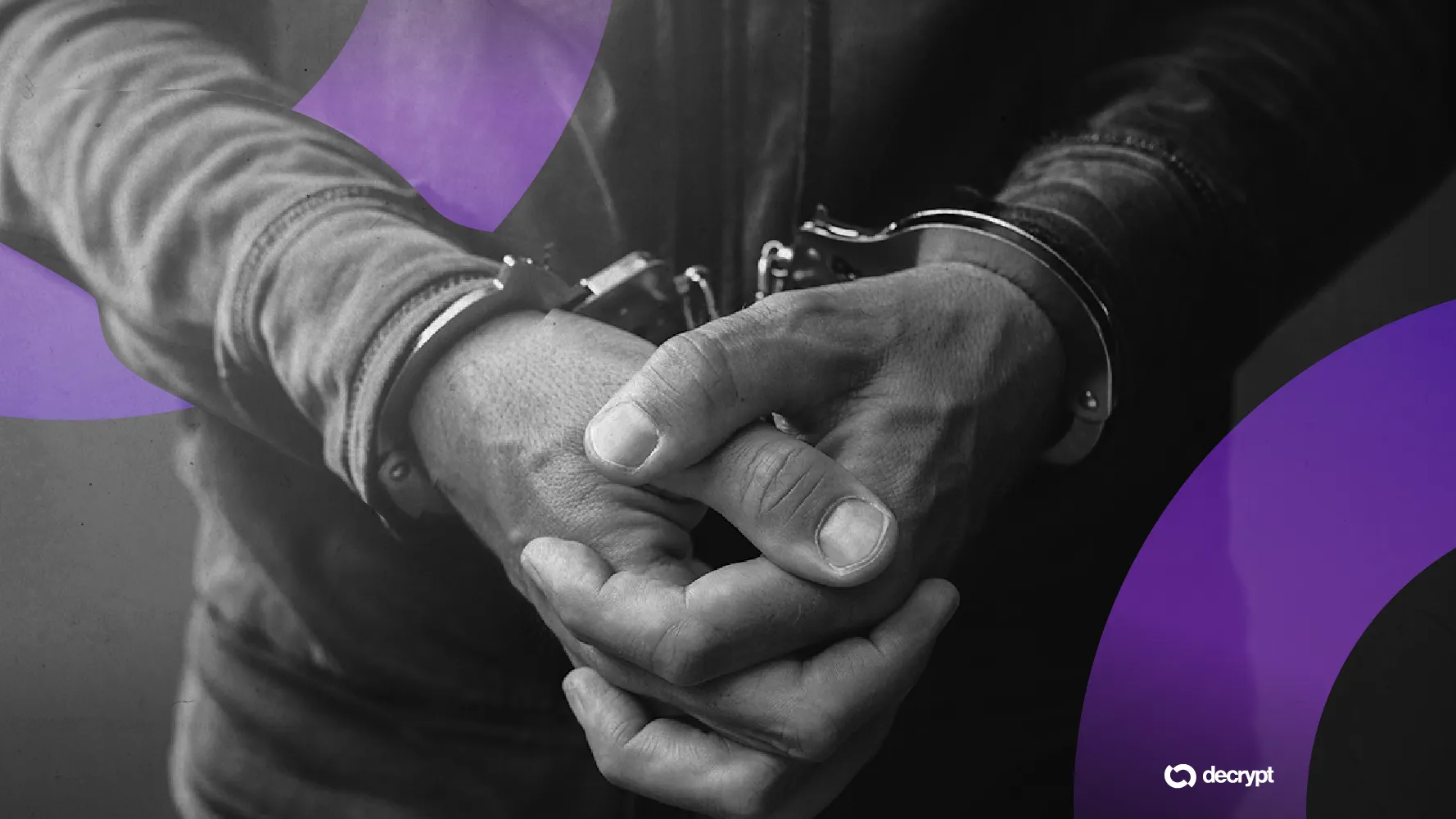In brief
- Police in France have arrested at least 12 suspects linked to kidnappings targeting crypto investors.
- France has seen a spate of crypto kidnapping attempts in recent months, prompting the Interior Minister to commit to boosting security for cryptocurrency execs.
- Experts advise that crypto investors avoid publicizing their holdings to mitigate against kidnapping attempts.
French police have arrested at least 12 suspects in connection with two recent crypto-kidnapping incidents in Paris.
The Brigade de Répression du Banditisme, a special police unit focused on armed and serious robberies, made the arrests in the Paris region and the Loire-Atlantique, with several minors among the detained.
The charges include criminal conspiracy, kidnapping and attempted kidnapping, with investigators alleging that pseudonymous ringleaders have been recruiting younger individuals via social media to carry out violent kidnappings.
The first incident occurred on May 1, when four masked individuals kidnapped the father of a prominent poker player and cryptocurrency investor.
The perpetrators kidnapped their victim in broad daylight, bundling him into a stolen van with a fake UPS logo, and demanding between €5 million and €7 million ($5.68 million and $7.95 million) in crypto for his release.
Police were able to find and release the kidnapped man in the Essonne department of France, although not before his captors severed one of his fingers.
The arrests yesterday included six individuals implicated in this particular kidnapping, including people born in Algeria, Réunion, Chesnay and Levallois-Perret.
The second incident took place on May 13, when three masked and armed individuals attempted to abduct a 34-year-old woman in the 11th Arrondissement of Paris, but were thwarted and scared away by two male bystanders.
It later emerged that this woman is the daughter of Pierre Noizat, the co-founder and CEO of French crypto-exchange Paymium.
Crypto kidnappings on the rise
Such attacks are not the first crypto-kidnapping incidents to have taken place in France in recent months, with January witnessing the violent abduction of Ledger co-founder David Balland and his wife.
Balland also suffered a severed finger as part of his particular ordeal, although French enforcement agencies were able to release the entrepreneur without paying a ransom.
Given the violence and frequency of such incidents, Interior Minister Bruno Retailleau promised on May 16 to boost security for cryptocurrency execs in France, with new measures including a direct emergency line and home security assessments.
France has witnessed five physical crypto attacks in 2025, according to a list compiled by Casa co-founder Jameson Lopp, out of a total of 26 (the U.S. is next with three).
How to avoid crypto kidnap attempts
Experts advise that one of the best ways to minimize your exposure to potential crypto-jackings is to avoid publicizing your holdings.
“That means not talking publicly about holdings, not displaying lifestyle markers that might flag you as a target, and not casually discussing your self-custody setup,” said Phil Ariss, the Director for UK Public Sector Relations at blockchain security firm TRM Labs.
Speaking to Decrypt, Ariss also endorses the greater use of multi-signature wallets and time-delayed withdrawals, which make it harder for would-be thieves to not only take your crypto, but to keep your crypto.
“With a multisig setup, no single person can move funds on their own—it requires multiple approvals,” he said. “Similarly, time locks or time delays on transactions can provide a critical window for intervention if something goes wrong.”
Social recovery wallets represent another valuable option for keeping your funds safe according to Ariss, with such wallets relying on multiple contacts to sign transactions and regain access to funds.
“Finally, geographic distribution of wallet access—spreading seed phrases across multiple safe locations—adds a layer of protection that can’t be circumvented by force in one location alone,” Ariss adds.
Of course, the fact that crypto revolves around speed and self-custody makes it ripe for targeting by criminals, with fewer barriers to transfers operating in crypto than in traditional finance.
“The rise in wrench attacks reflects not just opportunism, but a broader shift in how organized criminal groups are operating,” explained Ariss. “They’re blending cyber capabilities with physical intimidation, targeting high-net-worth individuals, exchange executives, and even average retail holders who may appear vulnerable.”
Yet ultimately, crypto thefts still rely on conversion into fiat currency to be profitable for criminals, and for Ariss this provides a useful chokepoint.
“At some point, illicit funds have to be cashed out or moved into fiat,” he said. “That’s where exchanges, compliance teams, and law enforcement need to coordinate in real time.”

